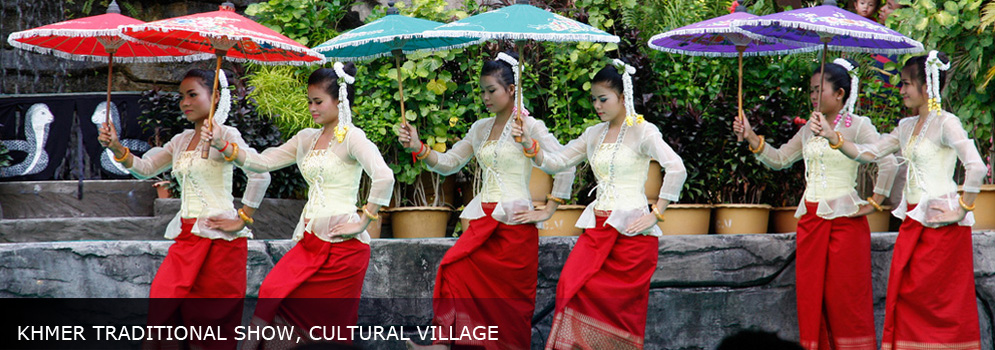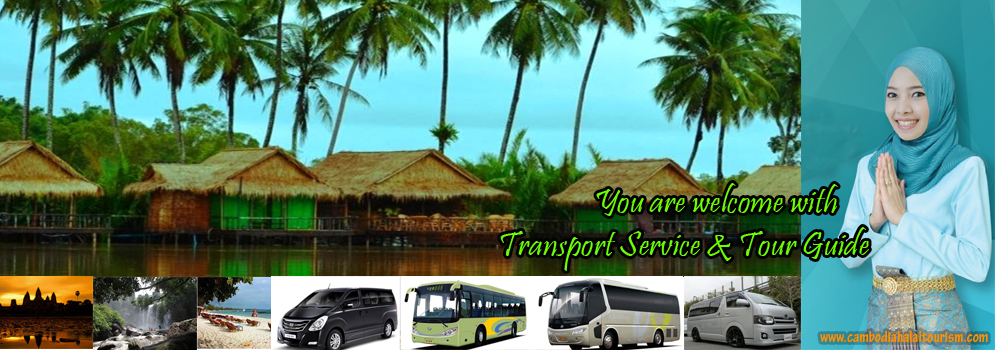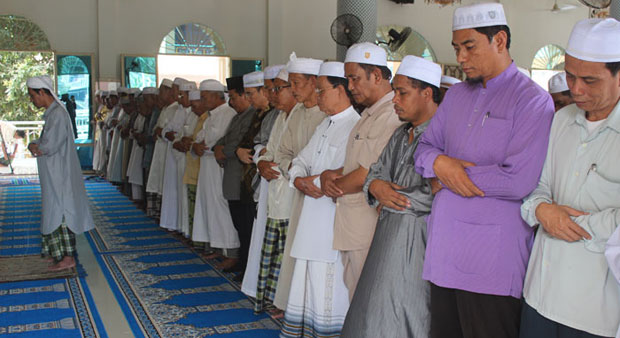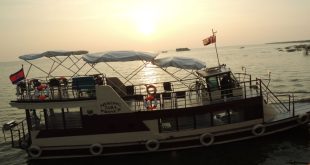INTRODUCTION
Kingdom of Champa: 192 – 1835. The Cham lived on the coastal area of the present day Vietnam, from Hoanhson (Porte d’Annam) to Vinh Tau / Vung Tau (Cape Saint – Jacques) in the south. Champa was one of the highly civilized “Malay” Kingdoms in Southeast Asia.
DISPLACEMENT OF THE CHAM
Champa people were progressively displaced from their territories in search of safety in various parts of SEA. They are found in Cambodia, parts of the present day Vietnam, Laos, Thailand, in the Malay Archipelago. The fall of Indochina in 1975 say the Cham moved further away from Indochina: Malaysia, Australia, New Zealand, Japan, USA, Canada and France.
THE CHAM OF KAMPUCHEA
The Cham have been found to be present in Kampuchea since the 7th century. Bas-reliefs of Banteay Chmar (Angkor) were proof of their present in the 13th Century. A big number of them arrived after the fall if the kingdom Capital, Vijaya, in 1471. And they kept coming in big number until early 19th century
LOCATIONS OF THEIR PRESENCE IN KAMPUCHEA
Earlier on their concentrations were along the Tonle Thom (Mekong River), form Kratie to Phnom Penh, along the Tonle Sap River from Phnom Penh to Kompong Chhnang, especially in Chrang Chamres, Khleang Sbek and Kompong Luong. In the provinces of Kimpong Cham, Pursat, Battambang and Kompot. Suburbs of Phnom Penh like Chroy Changver and Prek Pra. Nowadays the Cham are found everywhere in the Kingdom. The 1975 – 79 events have drastically changed their lives. If before they were farmers, livestock breeders, fishermen, businessman, government officers (civil or military). Now many have become maids in foreign lands, a profession they never thought of before.
SOCIAL STRUCTURE
In the earlier centuries, the Cham practiced Hinduism and Buddhism, and later they embraced Islam. Nowadays only a very small number of them still practices Buddhism. A very small number practicing a form of Islam; they are known as Cham Bani. The rest are of Sunni Muslim, with a very small number practicing Wahhabism. They hold on to their customs too. Those who profess the Islamic faith still believes in some forms of animism, Hindu and Buddhist. Poligamy is very rare. They mix freely with the Buddhist Khmer. There are now many mixed marriages, rarely found prior to 1970s. They have become full-fledged community of the mation of Kampuchea. Total integration of the Cham. Since their arrivals in the kingdom they are very well accepted by the kings and the whole population. They are given freedom to practice their religion and any profession they wish. Muslim Villages: Muslim villages are now found everywhere in the kingdom (min). 454 villages of 30 or more families. Each village has: A spiritual head, known as lmam, gly chosen among the most knowledgeable person in Islamic teaching, and appointed by the Mufti. An official head Me Phum, Appionted by the state. Non registered villages of less than 30 Muslim families are also found in many parts of the kingdom. The newly formed villages are the result of economic situation of the Cham who could not earn a living in their home village. They are forced go far away to open up new land for farming. Thee members of the newly formed villages usually are family members and friends. They grow fruit or rubber trees. Many people from Chroy Changvar, Preek Pra and Chrang Chamres are those settlers. In these suburbs they are mostly small time peddlers, fisherman or motor taxi drivers. Their meager income force them to move out of their village. Another factor: peaceful and stable situation of Kampuchea has brought along new development. Lands in Phnom Penh and its surrounding are purchased at a very good price by the rich Cambodians or foreigners. As consequence, Chroy Changvar ceased to be a Cham village and is undergoing a big transformation. Many more villages, like Chrang Chamres (Km7, 8 and 9) are facing the same fate. The poor owners’d sell their land to a high bidders. Cambodian saying: The Chinese chases the Khmer. The Khmer chases the ghost.
Challenge
They do not know what to do with the big sum money they obtained from the sale of their land. Through my observations, most of the new rich men, just go further away from the city. To buy a piece of land and build a new house, finish off the money. No children to be sent to higher education as they stop schooling at a very young age. They continue to live the way they were before as they have no knowledge of how to invest the money they have just obtained. If at all they were also involved in business, the number is still small, their businesses are generally small. With the exception of a few. The Cham participate actively in the political life of Cambodia. They can be found in almost all the political parties. But most are members of the CPP (Cambodian People’s Party).
EDUCATION
Islamic: There are some 454 muslim villages. There are > 800 Masjid and Musallah. Some 80% of these masjid & musallah have pondok or madrasah. Some pondok of madrasah are run by individuals, generally graduates from Malaysia, Thailand or West Asia. Teaching basic lessons of Islamic Knowledge. There are a few well organized secondary schools offering at the same time both Islamic and national education subjects.
National education: some children stop schooling after grade 3. Some other after grade 6. Small number finish grade 12. Very few are able to further tertiary education. All these are generally the result of poverty. Some secondary school graduates further their studies in foreign counties, especially in Islamic studies. Those who further their tertiary education locally chose mainly, management, IT or English as they could easily find job. So few graduates in other fields, medical or engineering. Since 1993, some parents send their young of 10 – 15 yrs of to learn Islamic teaching, or to memorize Quran, in Malaysia and southern Thailand. Some have returned and open their hafiz schools.
Change and Continuity
All the Cham of Cambodia know that education is very important. They know that only education can bring them social mobility. To a majority of them, poverty coupled with the infrastructure of the country, has forced them to abandon this noble goal of giving good education to their young children. There are quite a number of successful businessmen. Their businesses are small and private. In the present day situation, they have to face with big enterprises and corporations. And in order to survive they have to go through big changes in their approaches, which they lack.
Conclusion
Have a research on the present day situation of the Muslim community in Kampuchea. Set up a research center and an institution which can provide. First, a non-formal non-certificate or degree oriented but an introduction to various tricks of the trade. The institution will next provide to all Cambodians diploma or degree courses. May we be
blessed with this noble endeavor.






